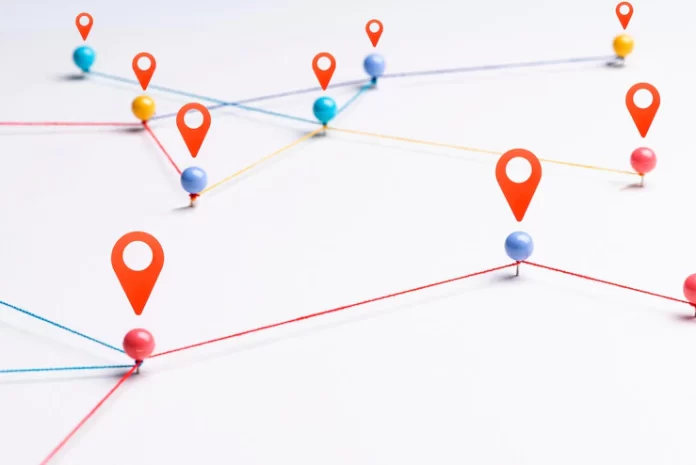Digital marketing’s continual dynamism compels companies to use more original thinking and gain a deeper understanding of their target audiences.
Employing geolocation-based targeting has enabled businesses to use digital marketing methods to reach their customers and will continue to do so.
There are surely a number of new avenues for advertising that have been made possible by geolocation-based targeting, or geotargeting.
Geotargeting enables more market focus, which results in a more pertinent message and a higher return on investment.
Additionally, geotargeting enables advertisers to choose the locations where their ads will run and teaches them how to tailor their content for different geographies.
This is typically used when focusing on local prospects who are in high demand by the B2B industry. Of the 24% of marketers who now use location data for measurement and attribution, 51% intend to use it more frequently in the upcoming year.
How does geotargeting work?
It is the process of converting geographic information into a marketing strategy. Using real-time data, this particular type of geomarketing enables marketers to offer tremendous customization to prospects at every stage of the sales funnel.
This location-based strategy helps marketers focus and inform their messaging and deliver it at the optimal times and places.
How Geotargeting Will Affect B2B Brands in the Future?
The improvement of customer experience is no longer limited to a physical store or website optimization.
As smartphone adoption approaches near ubiquity with high geolocation data and enablement, it may be possible to find customers very accurately, making their precise physical location an important factor.
Following audience interaction, marketing strategy, customer experience, and customization, targeting is the most popular application of location data.
Here are three ways:
Customization Options
Geotargeting allows you to easily target a specific region or location.
Your focus can be as broad as a country or as narrow as a neighborhood. As a result, marketers can run ads in multiple areas at the same time.
Geotargeting campaigns can also be changed and refined in real-time.
On Facebook Ads, for example, you can target people based on their geographies, such as nation, region, or city — and even more precisely, by free trade zone or other attributes such as “Emerging Markets.”
Data Gathering
Geotargeting solutions collect client information, which is then converted into B2B databases about consumer behavior (spending, purchasing, etc.).
With a better understanding of these areas, marketers can optimize the personalization of various marketing initiatives such as display, advertising, and email campaigns.
This is especially effective in B2B, where longer sales cycles necessitate more lead nurturing.
Keeping Ahead
It is true that knowing your competition means knowing yourself.
Geotargeting helps marketers analyze their competition. Internal targeting, for example, disseminates information into a competitive market.
Most of the time, geotargeting data informs B2B marketers about who they compete within specific locations and how their marketing performance compares to the competition, allowing them to tailor their spending in real-time without incurring any losses.
Conclusion
Geo-location-based targeting is and will continue to help B2B businesses stay relevant. They have the opportunity to push marketing boundaries by micro-targeting the decision-making stage of the service-consuming process. This is accomplished by combining the ability to pinpoint where consumers search, obtain relevant databases, and continue to customize.







